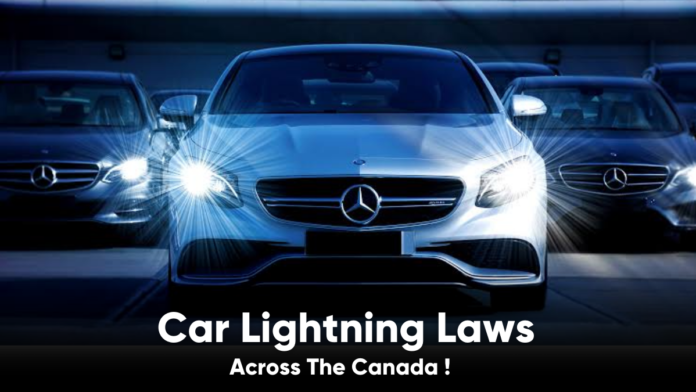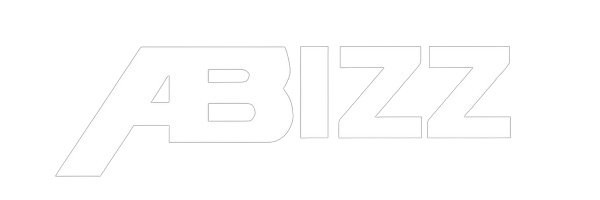Customizing your vehicle’s lighting is a simple way to make a statement—but is it also a simple method to get your vehicle impounded? Not if you’re aware of the regulations governing automotive illumination and take precautions to avoid breaking them!
Many motorists replace their factory headlights and taillights, while a select number install unique undercarriage illumination. However, if you don’t check your local regulations and choose responsible, high-quality products, these enhancements can land you in trouble.
We’ll show you how to learn more about automobile lighting rules in Canada so you may modify your ride and confidently drive it across the Canada. We hope you find what we have to say to be instructive.
Different Laws for Different Types of Car Lighting
Unfortunately, there is no official document dedicated solely to car lighting in either Canada or the United States—if there was, you wouldn’t be looking here! However, you should be aware of different federal and state (or provincial) rules before purchasing and installing aftermarket lights on your sports car, luxury SUV, or any other vehicle.
To make matters even more complicated, separate laws and rules frequently apply to different types of vehicle illumination. We’ve taken a closer look at each of these areas to help clarify things.
Laws for Car Headlights
Canada’s Highway Traffic Act is a bit more straightforward. It simply states that headlights must be properly installed, aligned, and maintained properly so as not to cause glare or dazzle oncoming traffic. The fine isn’t that steep, either—just $110 (and that’s in Canadian dollars).
Laws for Car Tail Lights
OEM tail lights aren’t illegal in Canada per se, but installing tinted tail lights is a great way to get yourself pulled over by the police. Cops from BC to Newfoundland are on record warning the public not to change the color of their tail lights, as this can cause visibility issues (especially in inclement weather) and pose a severe safety hazard—both to yourself and other drivers. Keep ‘em red, Canucks.
Tips for Using Aftermarket Car Lighting In the USA & Canada
After reading the above, you might be worried that installing or using aftermarket car lighting will cause you trouble throughout most of the USA and Canada. But don’t worry—many drivers own these products and use them without getting in trouble. Here’s how:
- Consult the laws in your area: The single best way to avoid legal trouble with aftermarket car lighting is to do some research about the area where you’ll be driving. Remember, local laws exist as well!
- Buy car lighting you can control: Driving through an area where certain colors aren’t allowed, or want to turn off your underlights when you’re using public roads? Buy a lighting kit you can control remotely.
This is an excellent way to enjoy custom car lighting when you’re allowed, and stay out of trouble the rest of the time. To find some great examples, check out these app-controlled lighting kits from XK Glow, which let you control colors, brightness, and more with just a few simple taps of a screen.
Drive responsibly: Cops are much less likely to go after you for something like a lighting kit that doesn’t meet regulations if you’re not acting like a maniac on the road. But if you’re driving like a jerk, they’ll be only too happy to bust you. That’s not to say you should drive around with illegal lights flashing—but if you have anything on your car you’re not sure about, it’s best to keep a low profile by being a model motorist.







